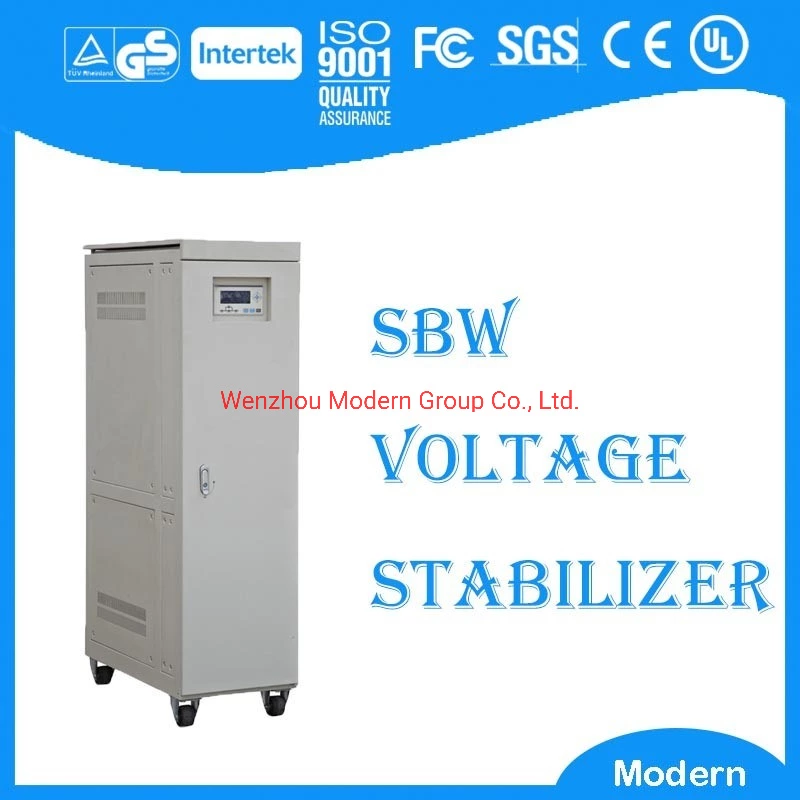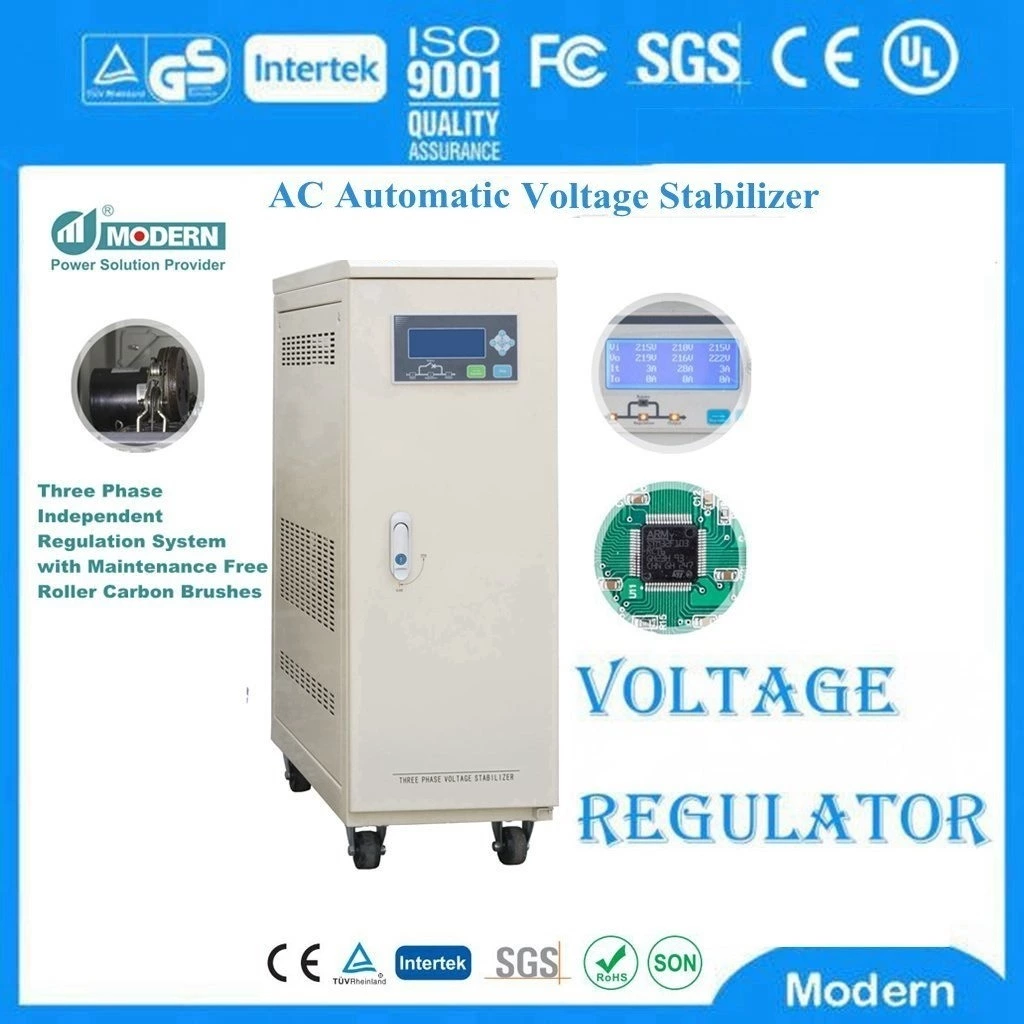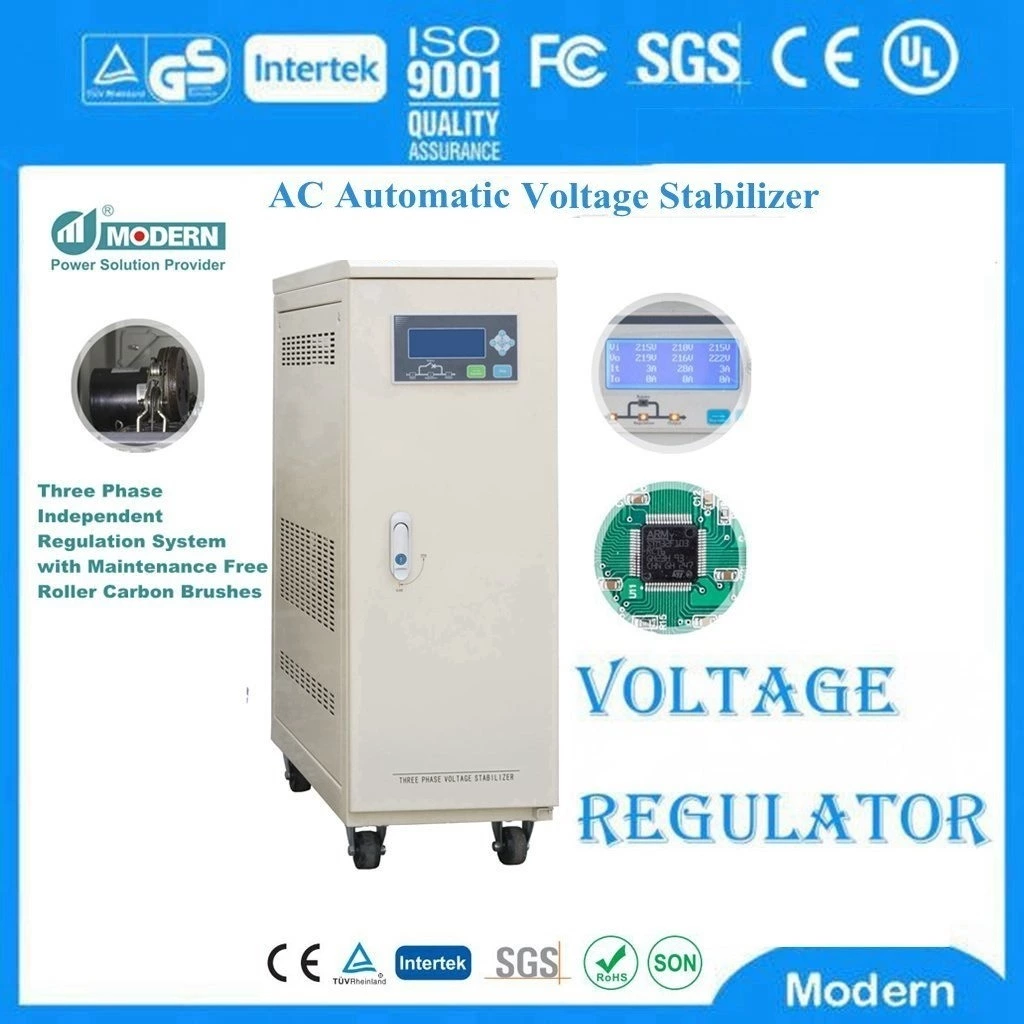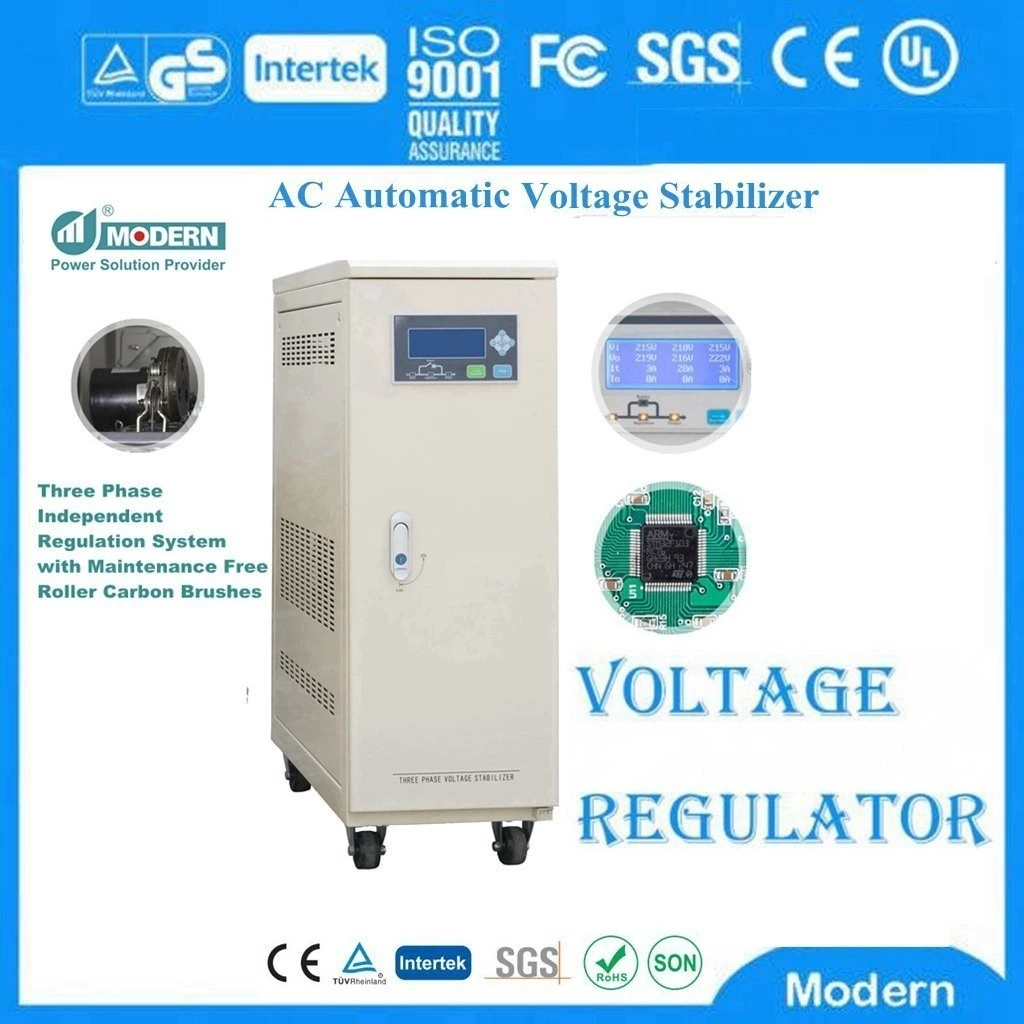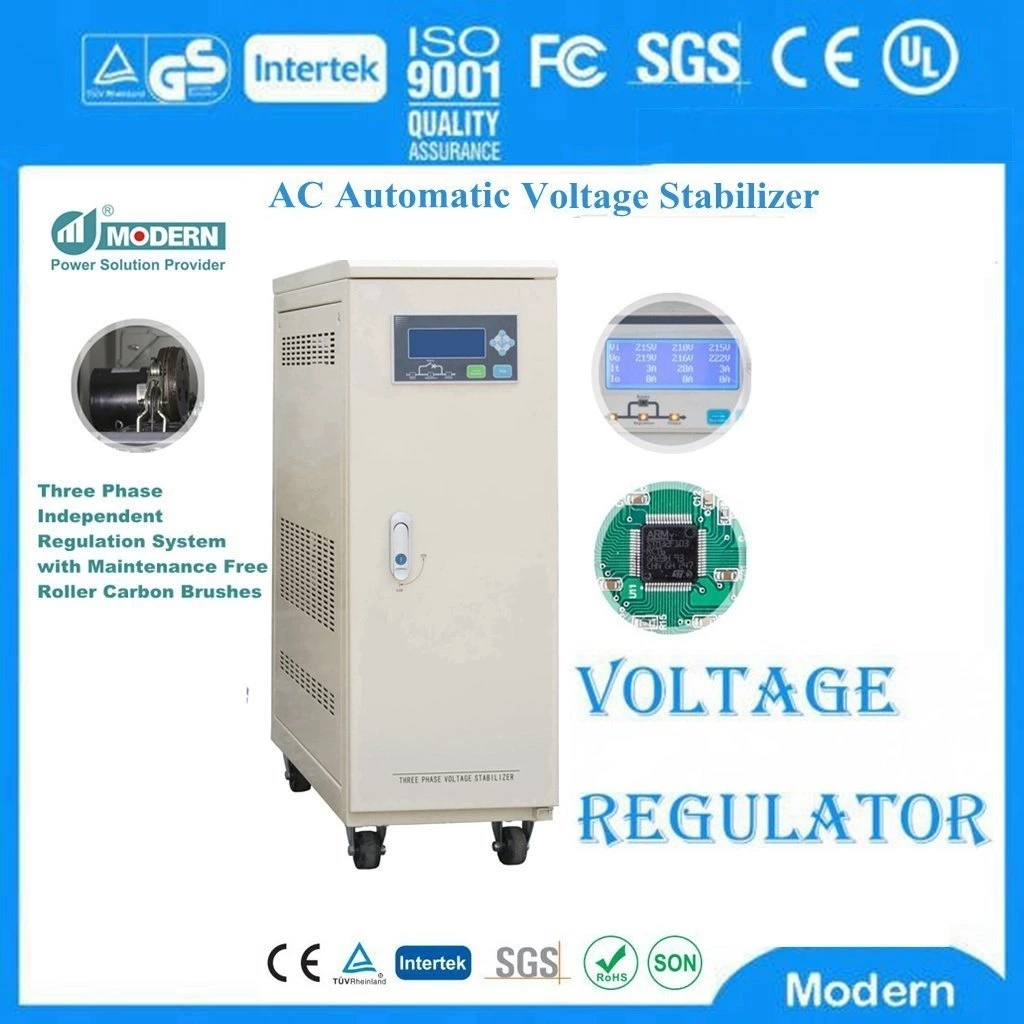Six Basic Questions About Voltage Regulators
The Automatic Voltage Regulator produces a fixed output voltage with a constant preset amplitude, regardless of changes in input voltage or load conditions.
Automatic regulators use active (BJT or MOSFET) pass devices (in series or parallel) controlled by a high-gain differential amplifier. It compares the output voltage to a precision reference voltage source and adjusts the pass device to maintain a constant output voltage.
Automatic regulators convert a DC input voltage to a switching voltage that is applied to the power MOSFET or BJT switch. The filtered power switch output voltage is fed back to a circuit that controls the on and off times of the power switch so that the output voltage remains constant regardless of changes in input voltage or load current.
1. What are the topologies of automatic regulators?
There are three common topologies: buck, boost, and buck/boost. Other topologies include flyback, SEPIC, Cuk, push-pull, forward, full-bridge, and half-bridge.
2. How does switching frequency affect regulator design?
Higher switching frequencies mean that the regulator can use smaller inductors and capacitors. This also means higher switching losses and more circuit noise.
3. What are the losses in an automatic regulator?
The power required to turn the MOSFET on and off causes losses and is associated with the MOSFET gate driver. Similarly, switching from the conducting state to the non-conducting state takes a certain amount of time, which results in MOSFET power dissipation. In addition, the energy required to charge and discharge the MOSFET gate capacitance between the threshold voltage and the gate voltage also causes losses.
4. What are some common applications for automatic regulators?
Given input and output voltages, the power dissipation of an automatic regulator is proportional to the output current, so typical efficiencies can be 50% or less. By optimizing the device, automatic regulators can achieve 90% efficiency. However, the noise output of an automatic regulator is much lower than that of an automatic regulator with the same output voltage and current requirements. In general, an automatic regulator can drive higher current loads than an automatic regulator.
5. How does an automatic regulator control its output?
An automatic regulator needs to have some way to change its output voltage in response to input and output voltage changes. One approach is to use PWM to control the input of the associated power switch, thereby controlling its on-off time (duty cycle). In operation, the filtered output voltage of the regulator is fed back to the PWM controller to control the duty cycle. If the filtered output changes, the feedback applied to the PWM controller changes the duty cycle to maintain a constant output voltage.
6. What design specifications are important for regulator ICs?
Basic parameters include input voltage, output voltage, and output current. Depending on the specific application, other parameters may also be important, such as output ripple voltage, load transient response, output noise, and efficiency. Important parameters for automatic regulators include dropout voltage, PSRR (power supply rejection ratio), and output noise.

 Русский
Русский
 Français
Français
 Português
Português
 Español
Español
 اللغة العربية
اللغة العربية
